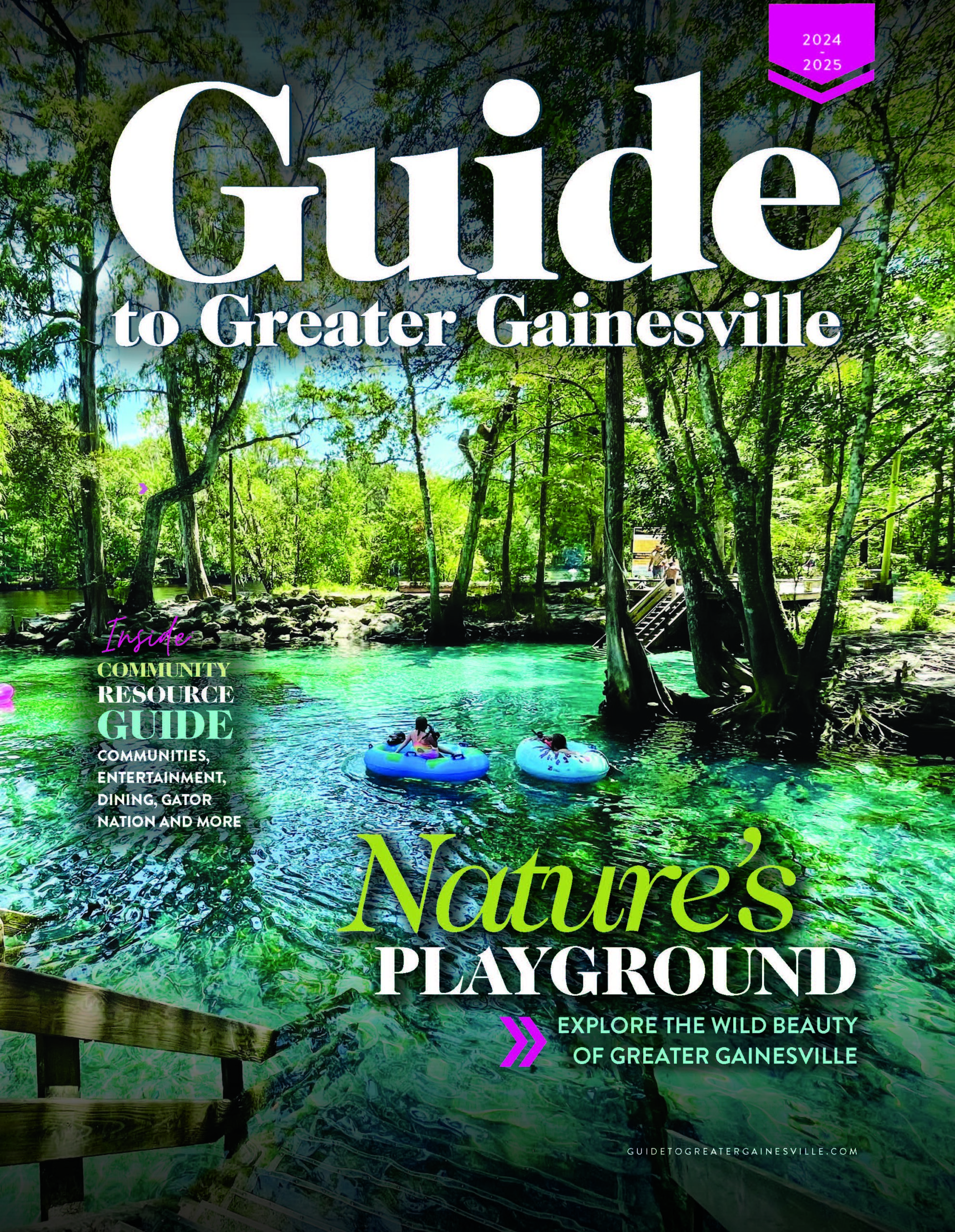The Eatable app translates menus to travelers dining abroad, providing descriptions and photos of menu items
Travel is a smorgasbord of new synaptic connections—the intoxicating music of accents, the crisp colors of local foliage, and, what Anthony Bourdain and “No Reservations” fans consider to be the most important ingredient: the opportunity to uncover the best in culinary cuisine all over the world.
But how do foodies without a film crew in tow or qualified translator order authentic regional dishes with adventurous confidence?
For the truly “epicurious,” there is Eatable, a new app developed in Gainesville to help intrepid world travelers feed their hunger for gastronomic immersion.
“When I was in Japan, I had enough understanding to travel from city to city, but I often found myself struggling with ordering food at restaurants,” said Eatable Co-Founder and Chief Executive Officer Tony Dieppa, 26. “In Osaka, there is a popular dish called ‘takoyaki,’ which literally translates to “octopus balls.” It turns out it was just a piece of octopus fried in dough, which was delicious, but I was terrified to try it for months from the dictionary translation!”
“I can tell you it happens all the time,” said Eatable Co-Founder and Chief Marketing Officer David Flores, 28. “When I went to Costa Rica, I couldn’t understand what ‘casados’ was. In Spanish, ‘casados’ means ‘married,’ but in Costa Rica, it is a dish that includes rice, beans and plantains. I had no idea if the waiter thought that I was married or what he was talking about, and we spoke the same language! Imagine what happens when you go to a place with a completely different language.”
Dieppa and Flores finally decided do something about it in November 2012, after sampling Irish “pudding” while traveling abroad with their Master of Science in Entrepreneurship program. When they returned, they teamed up with several programmers and successful startup mentors in the Gainesville community.
With a tap of your smartphone to a special menu sticker or a QR scan at participating restaurants, users of the free app can snack on detailed explanations of dishes in their native language, accompanied by high-resolution photos.
The Eatable mission is to help travelers triumph the language barriers of static dictionary translations, and to encourage people to invite new foods into their cultural experiences. The co-founders’ vision for Eatable is for it to be the next thing people reach for after they book their plane ticket.
“Gainesville is a great test market because we have many international students who may be wary of trying different restaurants because they do not know what to expect,” Flores said. “Gainesville has fantastic restaurants, and everyone should be able to enjoy them.”
The Eatable team is currently partnering with restaurants downtown to pilot the project, including Amelia’s Fine Italian Cuisine and Emiliano’s Cafe.
Amelia’s Fine Italian Restaurant Owner and Chef Andy Fass said he sees the benefits of removing the veil of mystery and believes Eatable encourages food exploration.
“People eat with their eyes first, and it is not uncommon for someone at one table to ask a waiter what another table is eating,” Fass said. “Reading about a dish in your native language, or being able to see a menu item on a phone before you order it, will aid in people trying something they might not have otherwise ordered.”
Restaurants have traditionally competed using coupons or specials, but now they can contend through technology and analytics. With an Eatable control panel, restaurateurs can promote specials, suggest food-and-wine pairings and receive feedback from customers in real time. Eatable allows restaurant owners to directly interface with their customers through the device they use most, in order to improve their restaurant experience and better understand the customer.
The Eatable user loves to travel, go off the beaten path and dabble in authentic foods like a native; they are laid back but like to take advantage of experiential opportunities.
“Eatable is for the 20-something guy wearing jeans and a tank top in Peru, excited about the opportunity to eat ‘jalea’ for the first time,” Flores said. “It’s for the couple in Rome talking about how beautiful the Fontana di Trevi is, while savoring some ‘arancini.’ These people are dreamers who want to experience the world, and they use Eatable as their dictionary to communicate in the language of food.”
For more information about Eatable, check them out on Facebook at facebook.com/eatable.at, or follow them on Twitter at @eatableteam. Restaurateurs interested in partnering with Eatable can email tony@eatable.at or david@eatable.at.


